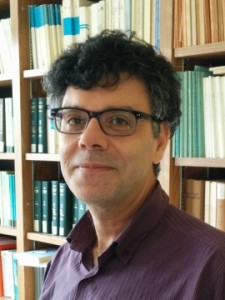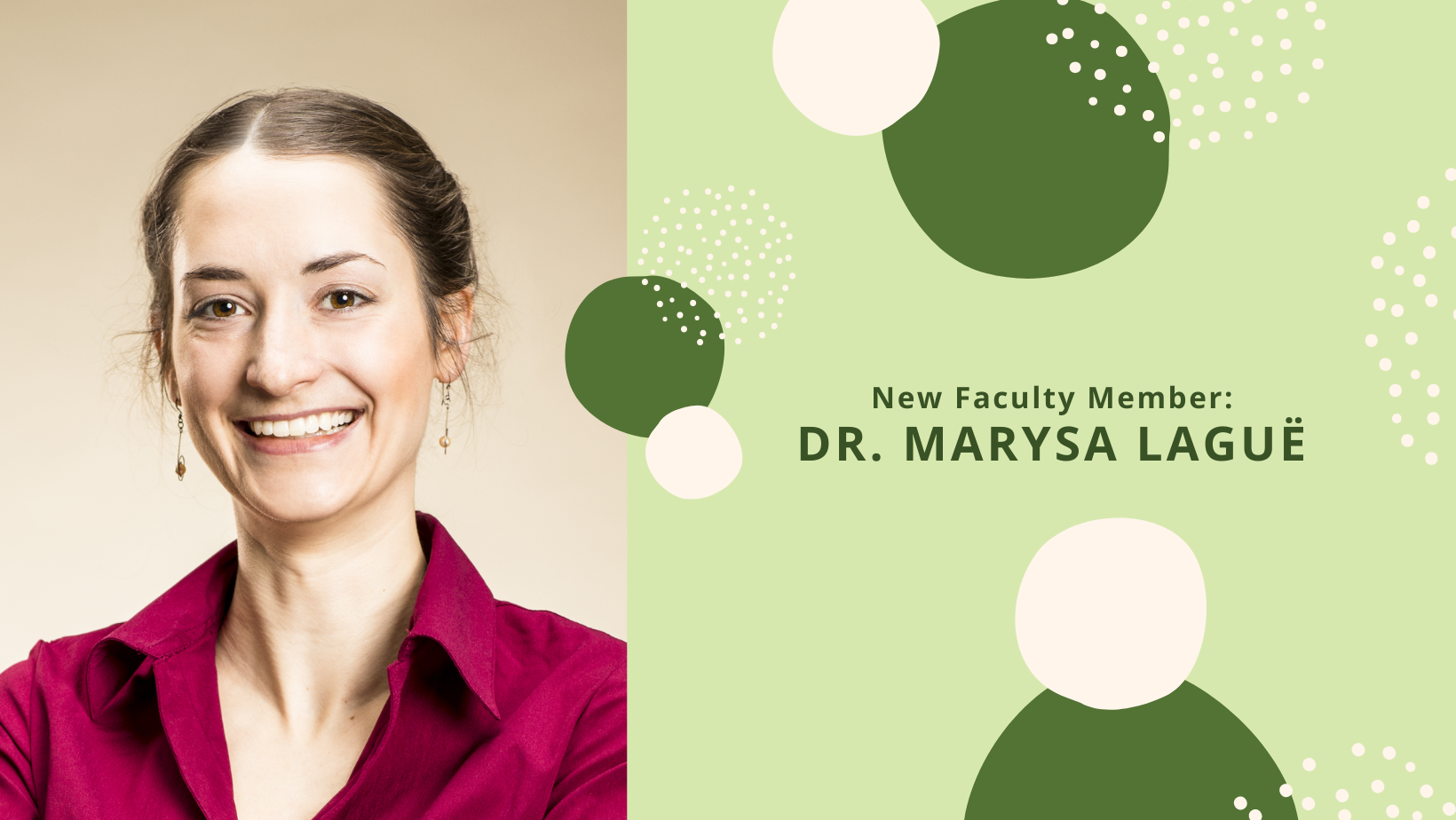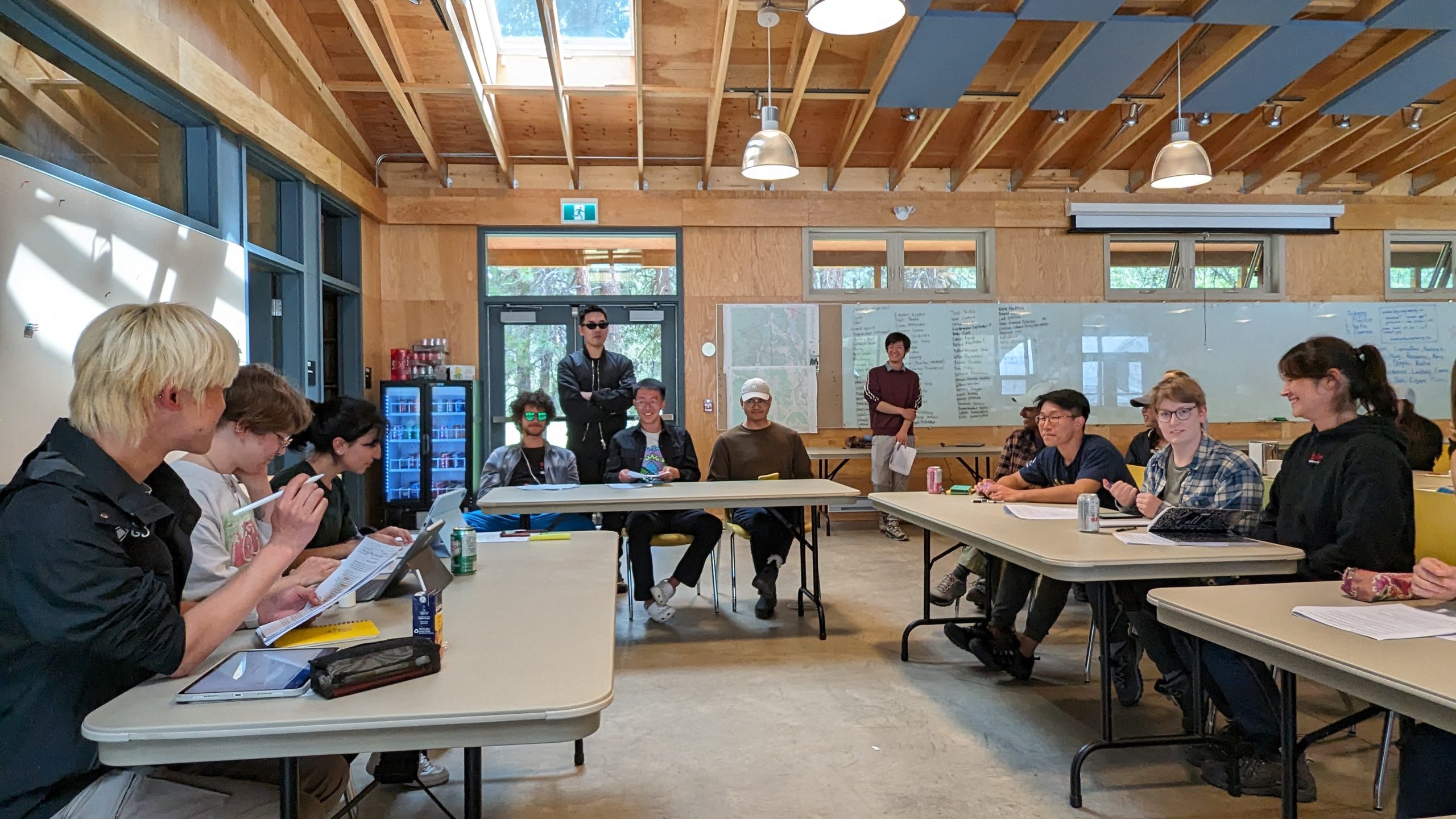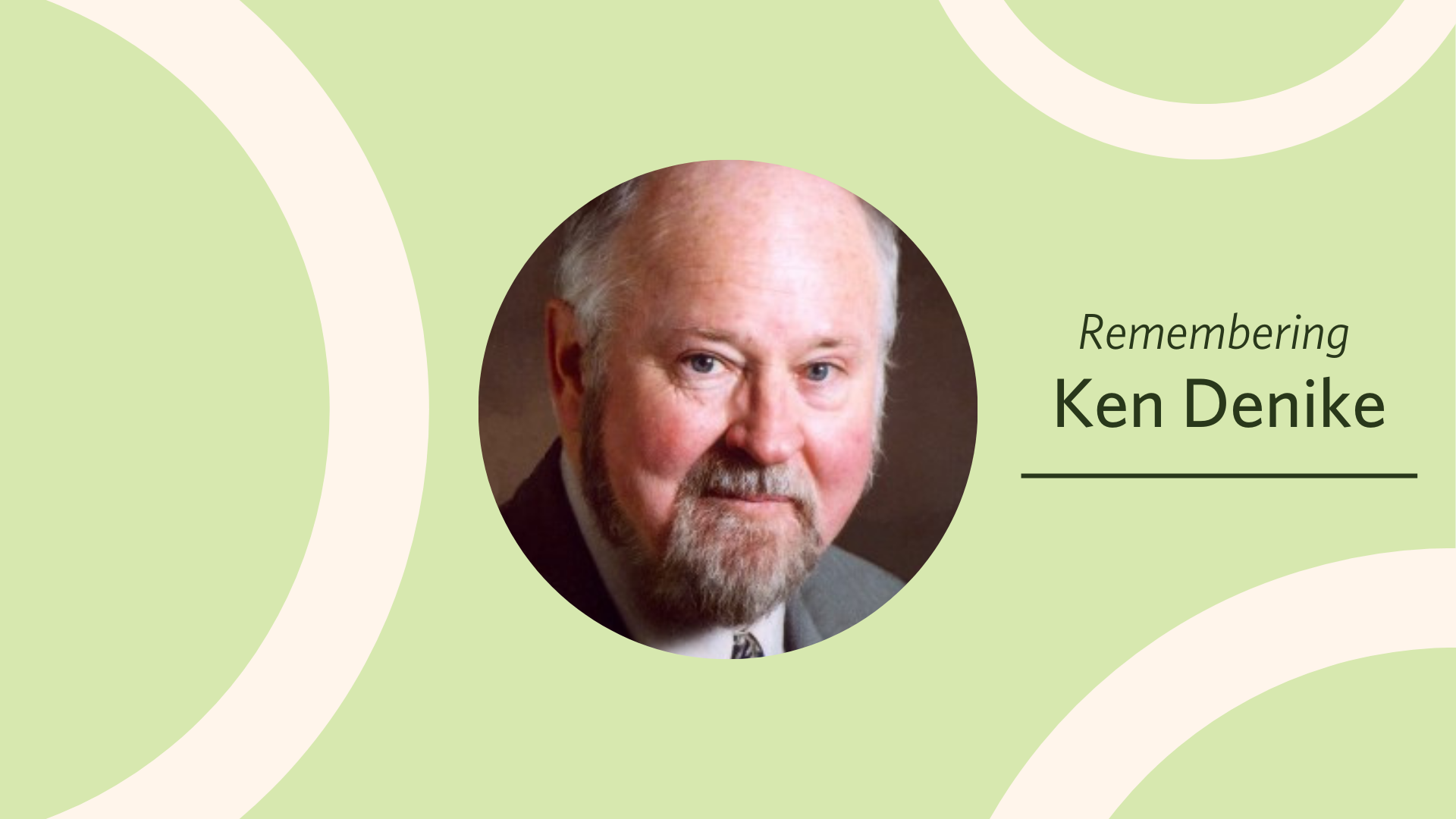This interview was conducted as part of a student led initiative to identify and foster a sense of geographic identify in our department. Interview of Dr. Marwan Hassan conducted and transcribed by Kelsey Everard.
Describe your current research topic
My research topic is in fluvial geomorphology. I work mostly on channel stability, sediment transport, channel morphology, landscape evolution, and human impact on the landscape.
What does geography mean to you?
Geography means to me landscape, human-physical environment, working on the interface between human and physical geography, and looking at spatial diversity.
[Can you elaborate on ‘working on the interface between human and physical’?]
It can mean working on topics that are of mutual interest to human and physical geographers. For example, I have previously done, and currently do, work on urban hydrology and urban pollution related to water and so on. More broadly, even when we deal with natural processes, given that the earth has changed so much, we cannot ignore the human impact on the landscape. At the moment, for example, I work on the human impact on sediment mobilization in the landscape and take into account dams, forestry and agriculture.
How does what you research fit into the field of geography?
Well, if I work on spatial variability of the landscape, this is geography; if I look at the environment, this is within geography; if I want to look at the human impact on the landscape, this is geography. So, my definition of geography is that it is a science that considers human and physical environments and the interaction among them.
In what direction should your field within geography evolve towards in the future?
I think that human and physical geography will develop more specialization so that they can compete, or address research questions, within each discipline. But, human and physical geography have much in common to bring them together, and in this way geography is special. Many departments and universities try to bring the human and physical environments together in different disciplines like chemistry and others, but I feel this is a natural situation in geography, and we should utilize this to bring us together. Some people see human and physical geography going in two different directions as a weakness – I do not think so. We need to specialize to compete within our discipline; for example as physical geographers, we compete with earth sciences and environmental sciences, and we need to use their tools. But, on the other hand, we can look to bringing in the human dimension to our research, which is provided by the human geographers. Human geographers bring tools and theories from the social sciences that we can use to look at the natural world in different ways and ask different questions. Our shared interest in the human and physical environments brings us together to work at the interface between the two. I think this is a unique position that we have that other departments do not, and we better use it because I think this is the future – we see more and more research that brings social science and sciences together for the benefit of humanity.
[Do you think that we’re doing that well as a department?]
No. There is room for improvement – a lot of improvement. We are thinking about ways to bring both the human and the physical geographers together. We do not do enough as individuals or as a group, we can do much more. The students in the department have started looking for ways to do this, and we should learn from them and support their efforts.



